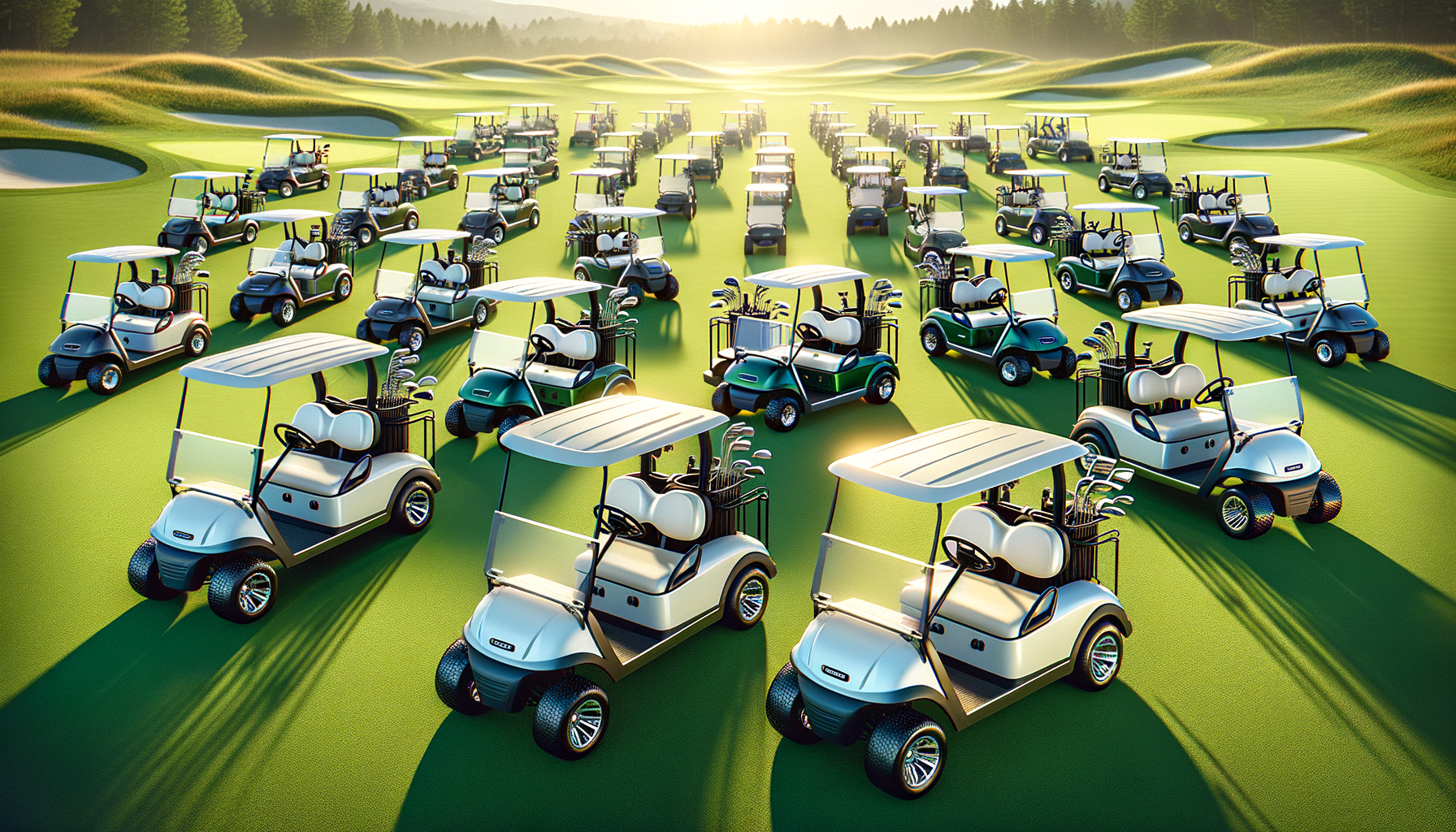Introduction to Basketball Flooring
Basketball is a sport that demands agility, speed, and precision. The flooring on which the game is played significantly impacts these aspects. Choosing the right basketball flooring is essential for performance, safety, and durability. Whether it’s for a professional arena, a school gym, or a community center, the flooring must meet specific standards to ensure that players can perform at their best while minimizing the risk of injury.
In this article, we will explore various basketball flooring options, examining their unique characteristics, benefits, and potential drawbacks. By understanding these options, decision-makers can make informed choices that align with their specific needs and budget constraints.
Hardwood Flooring: Tradition Meets Performance
Hardwood floors are often the first choice for professional basketball courts. Known for their exceptional performance and traditional aesthetic, hardwood floors provide the perfect surface for competitive play. Typically made from maple wood, these floors are renowned for their durability and ability to withstand the rigors of high-speed games.
One of the key advantages of hardwood is its natural shock absorption, which helps reduce the impact on players’ joints. Additionally, the smooth surface allows for excellent ball bounce and player maneuverability. However, maintaining hardwood floors can be costly. Regular sanding and sealing are required to keep the surface in optimal condition. Despite the maintenance needs, the longevity and quality of hardwood make it a worthwhile investment for many facilities.
Synthetic Flooring: Versatility and Cost-Effectiveness
Synthetic flooring has become a popular alternative to traditional hardwood, offering versatility and cost-effectiveness. These floors are typically made from materials like polyurethane or vinyl, which can be customized in terms of color and design to suit various needs.
One of the main benefits of synthetic flooring is its durability. It is resistant to scratches and dents, making it ideal for multi-use facilities. Moreover, synthetic floors require less maintenance than hardwood, reducing long-term costs. They also provide good shock absorption, although not quite at the level of hardwood. The affordability and adaptability of synthetic flooring make it an attractive option for schools and community centers.
Rubber Flooring: Safety and Comfort
Rubber flooring is another option that prioritizes safety and comfort. Often used in training facilities and recreational centers, rubber floors provide excellent shock absorption, significantly reducing the risk of injury. This makes them particularly suitable for younger players or those recovering from injuries.
Rubber flooring is also known for its slip-resistant properties, ensuring a safe playing environment. However, it may not offer the same level of ball bounce as hardwood or synthetic options, which could affect gameplay. Despite this, the safety benefits make rubber flooring a valuable choice for many facilities.
Outdoor Basketball Flooring: Durability in All Conditions
Outdoor basketball courts require flooring that can withstand various weather conditions. Asphalt and concrete are the traditional choices, known for their durability and low maintenance. However, these surfaces can be hard on players’ joints and may not provide the best playing experience.
Recently, outdoor synthetic tiles have gained popularity. These tiles are designed to offer better shock absorption and traction while being resistant to weather changes. They are also easy to install and replace, making them a practical option for outdoor courts. The choice of outdoor flooring should balance durability with player comfort and safety.
Conclusion: Choosing the Right Basketball Flooring
Choosing the right basketball flooring involves considering various factors such as performance, safety, maintenance, and cost. Each type of flooring offers unique benefits, and the choice will depend on the specific needs and constraints of the facility. Whether opting for the traditional appeal of hardwood, the versatility of synthetic materials, or the safety of rubber, it’s crucial to prioritize the well-being of the players while ensuring the longevity of the court.
By understanding the different flooring options available, facility managers and decision-makers can make informed choices that enhance the basketball playing experience, ensuring that both players and spectators enjoy the game to its fullest.






